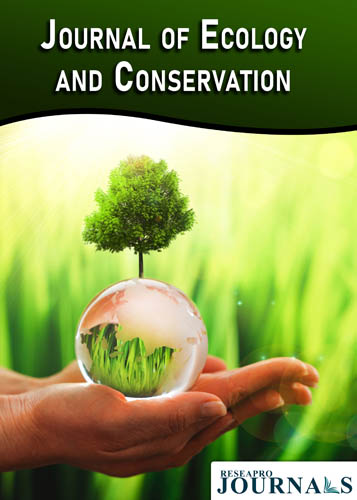
Journal of Ecology and Conservation
OPEN ACCESS
ISSN: 3048-5177

OPEN ACCESS
ISSN: 3048-5177

1Department of Biotechnology, Ravenshaw University, Odisha, India
2Department of Botany, Ravenshaw University, Odisha, India
Harmful algal blooms (HABs) can occur in freshwater and marine environments, caused by various species of planktonic algae spanning a wide taxonomic range. The occurrence of these algal blooms encompasses a diverse array of organisms, bloom dynamics, and impact mechanisms. There are two primary factors that lead to algal bloom: natural mechanisms like circulation, relaxation of upwelling, river flow, and anthropogenic inputs, which result in eutrophication. Unfortunately, there is a common assumption that anthropogenic factors are solely responsible for recent blooms in stagnant waters and coastal areas, which is not always true. This review highlights the ecological and environmental factors contributing to the formation and development of algal blooms, focusing on nutrient enrichment, temperature, light availability, and grazing pressure. By investigating the physiological and molecular responses of bloom-forming species to changing ecological conditions, the review aims to provide insights into the factors influencing the size and duration of algal blooms. Ultimately, it contributes to developing more efficient management and mitigation strategies for harmful algal blooms.
Received 4 September 2023; Revised 20 October 2023; Accepted 25 October 2023
1Department of Biotechnology, Ravenshaw University, Odisha, India
2Department of Botany, Ravenshaw University, Odisha, India